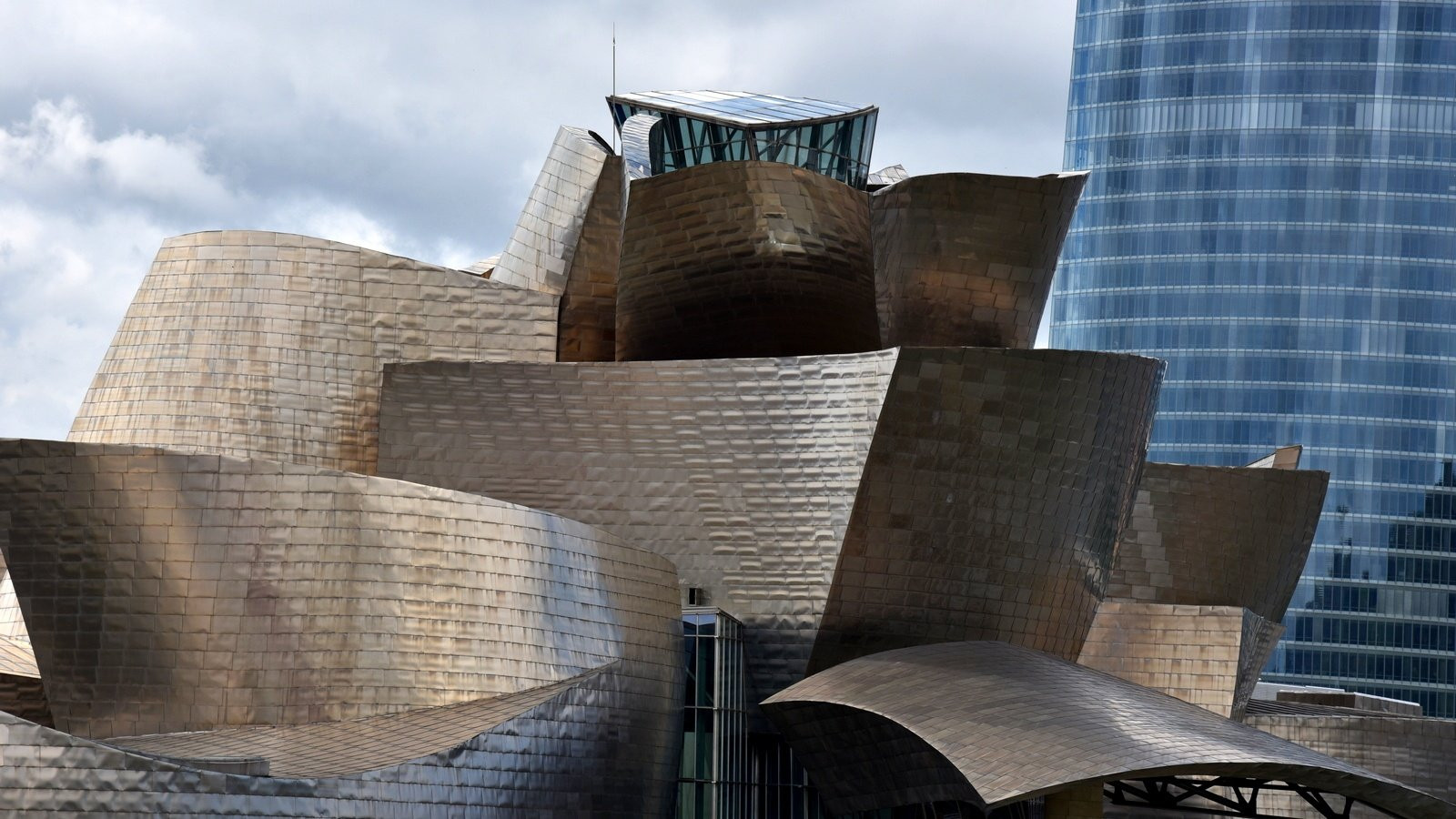

Soviet museums of artistic culture became the world's first experience in creating museums of contemporary art with a clearly expressed modernist concept. They had a clear program that demonstrated their understanding of contemporary art. However, not all ideas came to fruition. Museums were not aimed at the general public. They primarily met the needs of the artistic and art history public, resembling elite institutions intended for people with a certain level of training.
In the 30s of the last century, Soviet museums ceased to perform the function of introducing the viewer to new directions and lost touch with the modernity of Western art. They were limited to only showing officially authorized paintings. In the USA, on the contrary, at the same time, MoMA, the Whitney Museum, and the Guggenheim Museum appeared, although with their own model of work, since they did not have the same history of collecting as European institutions. The revival of museums of modern art in Russia began only in the 90s after the collapse of the USSR, but in Ukraine there is still no state museum of modern art.


Solomon Guggenheim Museum in New York
Museums of contemporary art have become places where dialogue between the viewer and the work of art, the viewer with the artist, and the viewer with the viewer takes place. Here you can gain new knowledge and experience, and comprehend what you see. Although art cannot be limited to an autonomous territory (not every sculpture, installation or performance can be realized indoors), museums still help a wide audience to better know and understand artists and sculptors. Contemporary art is the free expression of the artist on some occasion. Sometimes the context becomes more important than the method of expression itself. For example, an artist may place an object in an artistic medium. As a result, it acquires new properties that cannot be seen outside the artistic context. This is how contemporary art comes to life along with the viewer. However, it is often difficult to understand the first time. Works of art rarely refer the viewer to any factual material. Philosophical concepts dominate here. Since their inception, museums have repeatedly adapted to changes in various social contexts, since the thematic range of art is limitless. It reacts to the slightest changes in human activity.
Contemporary art museums are far from constant
The basic features of museums are becoming history. Nowadays, modern exhibitions are not built on chronological and historical principles. There is a reorientation of the institutional sphere towards the taste and intuition of the museum director and curatorial staff.
The sign of permanence of such institutions can also be challenged. Museums, like businesses, are subject to financial and reputational risks. If necessary, they can merge into one institution, as happened with the Museum of Contemporary Art in Los Angeles and LACMA.
Museums of contemporary art may or may not have permanent collections. For example, MoMA in New York has shown that it is possible to work effectively on the basis of temporary exhibitions. Having a permanent collection is gradually becoming impractical, as exhibits quickly become outdated. Differences between museums of contemporary art and other museums:
- Nature of the presented works.
- Interactive exhibitions.
- Special architecture of the museum building/space.
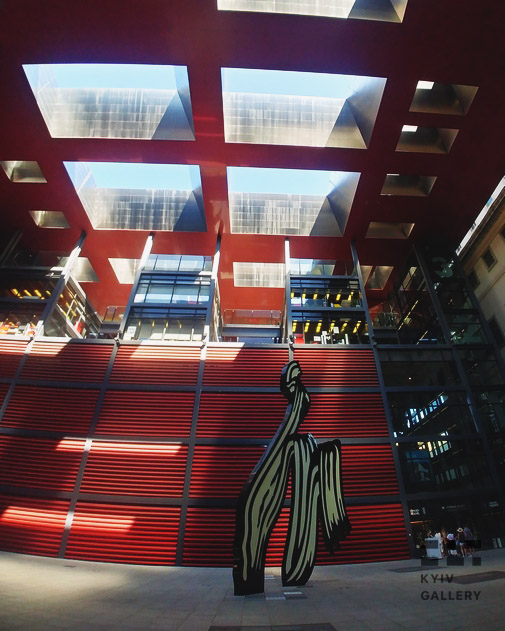
Curators and interpreters play an important role in the work of contemporary art museums. They develop accompanying materials for works. Their task is to remove obstacles to the understanding of contemporary art. Interpretation is carried out using accompanying text panels, audio and video materials, dialogues and master classes. Usually the guide acts as an intermediary between the viewer and the artist. It is important to show the viewer that contemporary art is inextricably linked with the reality that surrounds us. The mediator must convey to the viewer that not every work of art should resonate with him.
Museums should not only preserve works of art and culture, but also be on the same wavelength with society. It is necessary to give visitors the opportunity to interact and communicate with art. A modern museum is not limited to the walls of a building; it must go out onto the streets of the city and in different locations convey to the public that it needs to be closer to art. For example, in Cologne, pop-up exhibitions were held directly in private homes. Visitors could call the door where the performance awaited them.
The Reina Sofía Museum (Madrid, Spain) examines modernist art in historical context. The museum is ready to constantly revise well-known postulates in its exhibitions and installations.
The influence of museum architecture on the city
Over the past 30 years, the number of museums has increased throughout the world. The reason for their popularity is the massively increased interest in culture along with the rapid development of the market. Famous architects design incredible buildings for museums of contemporary art. For example, in Berlin it is planned to complete a new museum by 2021 with a project cost of 200 million euros.
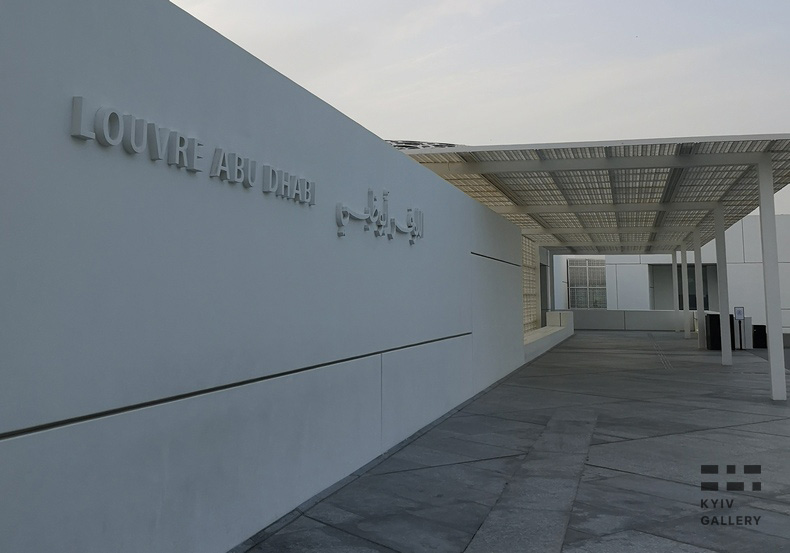
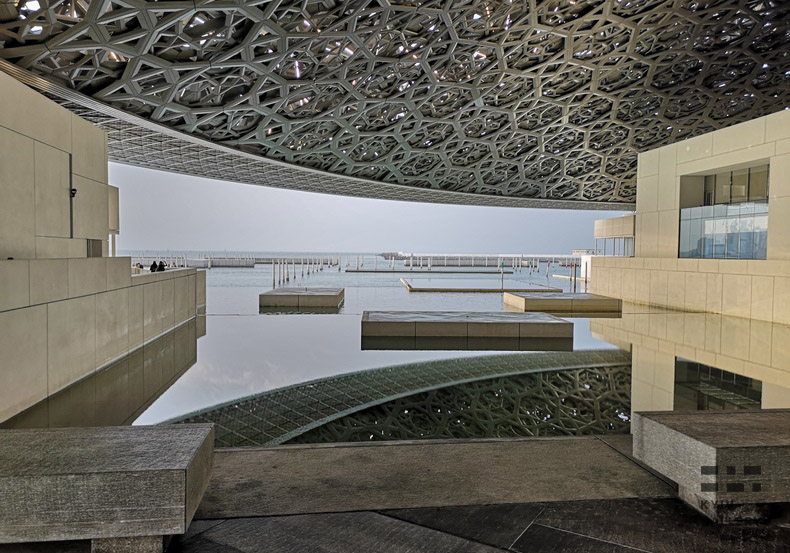
Museums of contemporary art in the world. Architecture of cities. Louvre Abu Dhabi
Museums with interesting architecture, cafes, restaurants, book and souvenir shops are becoming increasingly popular; this significantly increases the number of audiences. Visiting the museum becomes more comfortable for visitors. Separately, it is worth noting the use of digital technologies. Viewers can interact with the exhibits, listen to the history of the creation of the work, answer a series of questions, and recreate the painting on the screen.
Contemporary museums can attract a huge number of tourists and art lovers, while at the same time completely changing the economy of the city. Such places also attract tourists. Moreover, the emphasis is not on museum exhibits, but on atmosphere and communication. Vivid examples of such places: Barcelona Museum of Contemporary Art (Spain, Barcelona), MAK (Niteroi, Brazil), Kjasma (Finland, Helsinki), Schaulager Museum (Switzerland, Basel), Louvre Abu Dhabi (United Arab Emirates, Abu Dhabi) , Len Lye Museum (New Zealand, New Plymouth), Stedelijk (Holland, Amsterdam).
Buildings that intertwine with the geometry of cities
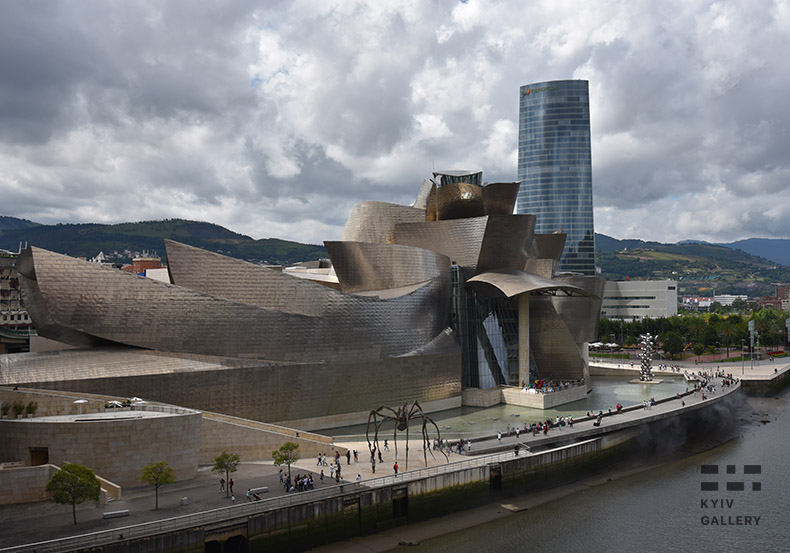
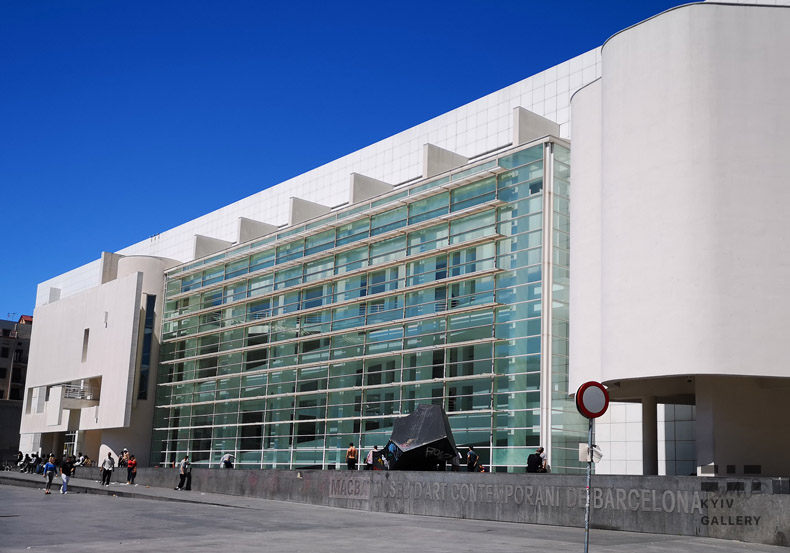
Guggenheim Museum (Spain, Bilbao) and MACBA (Barcelona)
The Guggenheim Museum (Bilbao, Spain) managed to change the history of an entire city, making it a center of cultural tourism. The building is made of complex alloys and twisted shapes. Over 1 million people visit the museum every year. The architecture of Frank Gehry's building impresses tourists more than the exhibits located there. The structure resembles the abstract idea of a spaceship.
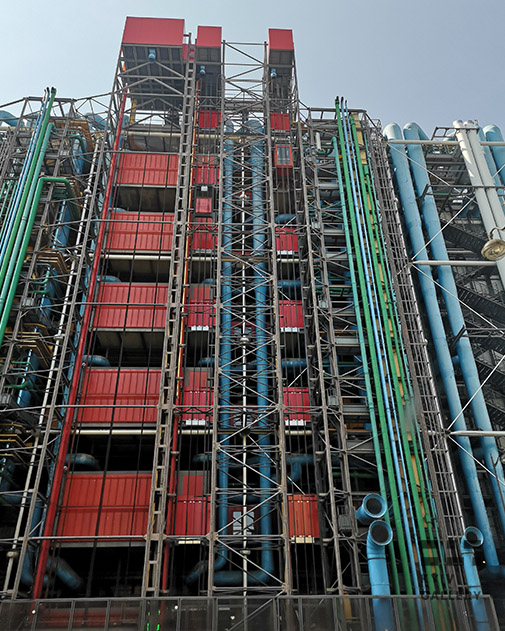
Tate Modern Gallery (UK, London). The shape of the building is reminiscent of a Babylonian ziggurat. The renovated space was formerly the Bankside Power Station.
No less interesting is the architecture of the Royal Ontario Museum (Canada, Toronto). The shape of the building resembles a crystal. This is what the architect saw in one of the museum rooms.
The Amsterdam City Museum is especially worth noting. The shape of the building resembles a giant bathtub made of 271 panels. A huge canopy protects museum visitors from the rain.
Another interesting project – MAS Museum in Antwerp. The building resembles a tower. Each floor of the building rotates a quarter turn. At the top of the building there is a restaurant and a terrace with panoramic views.
A rather unusual place to visit is the Georges Pompidou National Center for Art and Culture in France. The glass building is built in the shape of a parallelepiped with escalators. It has received serious criticism because it differs from the architecture of the quarter. However, the building has become the hallmark of France.
Management of contemporary museums
The main burden of displaying the museum's collection and temporary exhibitions lies with the directors of the institutions. They always keep their finger on the pulse of contemporary art. They have to attend exhibitions, establish contacts with gallerists and other market participants.
Museums abroad sometimes sell part of their collections. New works are purchased with the proceeds. Directors of famous museums control the number of authors in the collection, taking into account market strategy. The rest of the art market participants are forced to adapt to the situation, because the museum's painting collection is on sale artists may collapse prices for his work.
Museum directors often resemble sales managers. Their task — competent use of the budget, relationships with collectors, sponsors, PR agencies, care for international promotion and a crystal clear image of the institution. Thomas Krens, director of the Guggenheim Museum, managed to open a museum in Bilbao and is completing a branch in Abu Dhabi.
However, the results of the activities of contemporary art museums are not expressed only in quantitative indicators of visitors, implemented projects or attracted sponsorship funds; it is important to take into account the cultural and educational functions.
The main competitor of contemporary art museums
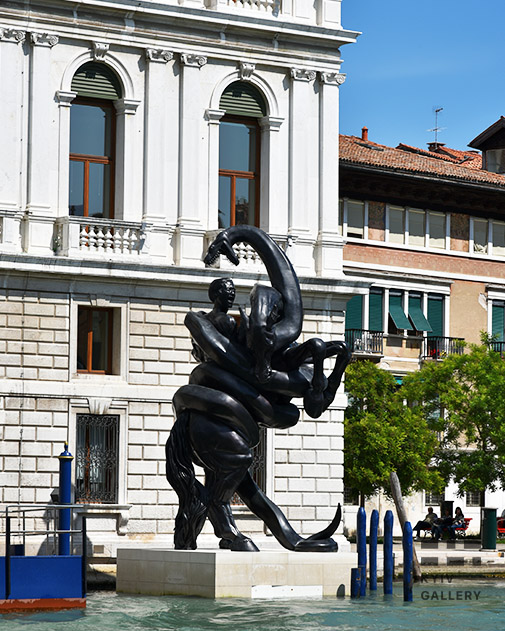
One of the most discussed problems – beyond the transformation of museums, this is their survival. Many institutions often find it difficult to attract sponsorship funds; some have problems with management, how to interest the public and tourists, the format of cooperation with authors, and the distribution of collections to other museums.
Large art fairs have become competitors to museums – biennial Their flexibility in finding exhibition space, the relevance of the art exhibited and the time-limited atmosphere attract the public like a magnet. Fixed collections of museums, coupled with territorial reference, are often inferior to biennials.
Each biennale is held on a grand scale. They are also highly visited, while contemporary art museums have a much harder time attracting new audiences and retaining old ones. The Venice Biennale in 2017 was visited by over 615,000 people, and at 58-Biennale organizers expect more than 800,000 people. Biennale organizers are constantly looking for new ways to attract audiences.
Museums must be multifaceted in their activities: formulate ideas, justify the value of their works and at the same time be in search of new promising talents for their collections.
Finding new ways to interact with the public
Each museum finds its own recipes for attracting audiences. For example, the Brooklyn Museum rebranded the building, free admission on the first Saturday of the month, introduced 2-hour dance parties at the end of the day, and controversial exhibitions. This approach allowed the museum to attract 10 thousand new visitors. After this, the average age of a visitor dropped from 55 to 35 years.
The American National Building Museum held the “Beach” exhibition in 2015. A 900 sq.m. swimming pool was built. m., filled with plastic balls. There were sun loungers around the tank. In just 2 months, the project gained an annual number of visitors. Such installations attract people who would not come under other circumstances.
In 2018, the Austrian art museum Kunstmuseum was visited by over 500 thousand people. The reason for its popularity was a large-scale multimedia project. This included interactive games, films, lectures, and thematic excursions. Viewers could also view the paintings through a macro lens.
Museum directors are interested in increasing attendance at their institutions. However, the key factor is funding and the influx of new visitors. It is necessary not only to surprise the public with fresh works by regularly organizing new exhibitions, but also to explain the often hidden ideas of artists and sculptors.

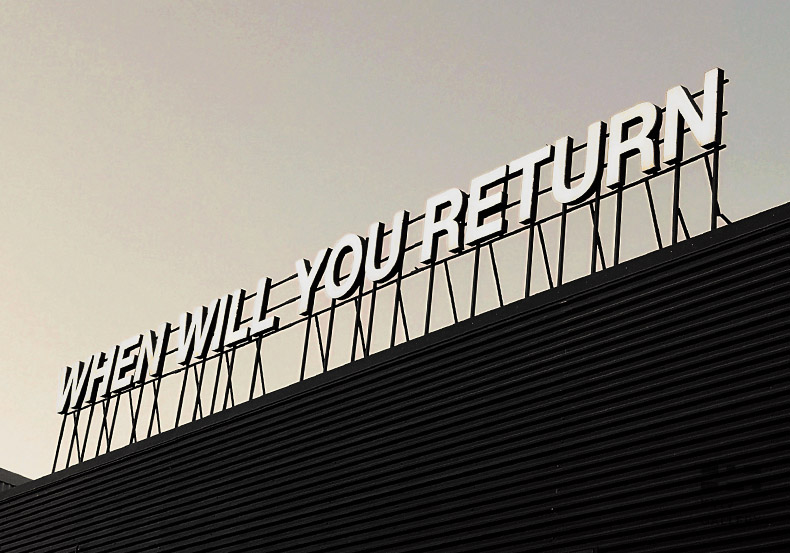
Art should become accessible to wide sections of the population. Many museums attract the attention of audiences with the help of unexpected performances, installations, and retrospective exhibitions, but in addition, targeted advertising of future events and high-quality emotional content on social media are important: Facebook, Instagram, Snapchat. To attract people, joint projects with private galleries and public institutions are required. We need to try to bring the audience out of the state of passive consumption. Projects should become more understandable, bring pleasure to the viewer, while at the same time enriching them with knowledge. Museums must reach out to the “non-museum” community. public.
Contemporary art for an adult audience can be a real challenge. Objects from everyday life are often presented in unusual forms, taking on new forms and meanings. Often such modern works cannot be interpreted based on previously familiar ideas about art. The ideas of artists and sculptors are often difficult to identify due to their veiled nature. Therefore, the response to this among visitors may be a negative reaction or even complete misunderstanding and shock, which does not contribute to a positive perception of the exhibition as a whole and a reluctance to spend a lot of time in the museum of contemporary art. In this case, the ideal solution – these are guides and curators who will help the visitor interpret the work in a coordinate system familiar to him. It is necessary to help the visitor find the correct perception of the artist’s painting. However, it is important not to cross the line and leave things unsaid, giving him space for reflection and self-development.
Museums of contemporary art in Ukraine
Currently, only private museums of contemporary art with permanent and temporary exhibitions operate on the territory of Ukraine. And although the dialogue on the creation of the Ukrainian State Museum of Contemporary Art has been going on for decades, nothing has been achieved yet, except for the working group created in 2017 on the basis of the National Art Museum of Ukraine. Without the creation of such a museum, Ukraine continually loses many significant works of art by nonconformists, transavant-garde, and contemporary art, which end up in private collections and are exported abroad. Entire generations of Ukrainian artists are simply disappearing into oblivion due to the sluggishness and thievery of Ukrainian politicians. Also, such a museum could become an educational component, making a contribution to the life of every Ukrainian and introducing him not only to Ukrainian, but also to world culture.
The State Museum of Contemporary Art of Ukraine will have to attract Ukrainian and foreign audiences with interesting exhibitions, performances and collaborations with world-famous museums and galleries. At the same time, we should not forget about the educational function, for example, holding events for parents with children of secondary school age. The museum will need to open a souvenir shop, a bookstore, a library, and conduct theoretical and practical events in the lecture halls: lectures, seminars, workshops, conferences with the participation of Ukrainian or foreign art historians, artists, sculptors and gallery owners. Visitors will be able to enjoy Ukrainian art, relax or chat with like-minded people.
An example should be taken from the National Art Museum of Ukraine, which has completely updated the visual component of the brand, created a hospitality zone, and maintains live pages on social networks. The museum has programs for children, a lecture hall for adults, and exhibition programs. The foundation “Friendly Circle of NHMU” operates at the establishment.
The Odessa Art Museum is especially worth noting. The institution uses modern communication tools with viewers – social networks, Youtube channel. The museum is a participant in the “Slow Art” movement.
In general, all Ukrainian museums need to attract additional funds from sponsors or patrons. You can create charitable foundations or contact foreign organizations. We should not forget that museums can also earn money on their own. For example, by holding temporary exhibitions, excursions, renting out premises for events or filming.
KyivGallery art critic
